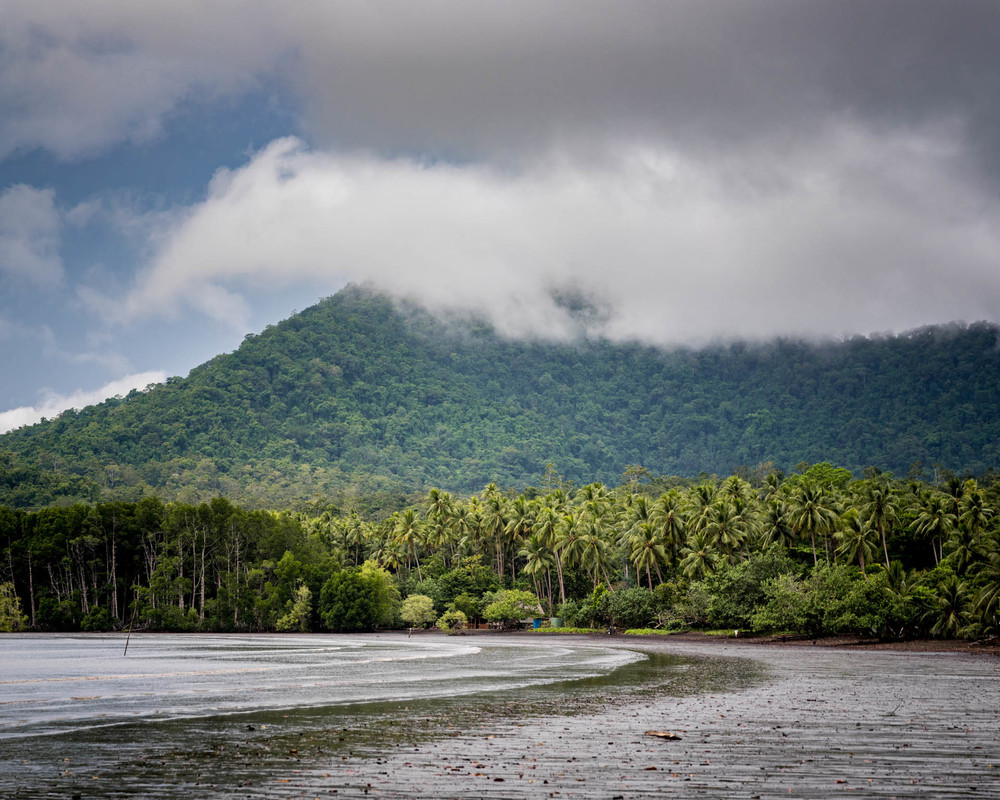Let’s start with the good news because we could all do with some.
So far The UK government’s Net Zero strategy appears considerable, in comparison to other nations. Domestic emissions have fallen 50% since 1990 levels and the UK is halfway to reaching ‘net zero’, with another 30 years to go to reach that target by 2050. It has been decarbonising its domestic economy faster than any other country.
The report also confirms a landmark commitment of £11.6billion made towards international support for Net Zero ambitions.
So at first glance, the UK government has a seemingly credible plan, but who doesn’t ahead of the largest environmental summit of the decade?
Past experience suggests The UK government’s Net Zero strategy won’t be backed by action for three simple reasons.
1. The plan depends on technologies that are small-scale prototypes to offset huge, ongoing fossil fuel emissions.
2. It pays little attention to protecting the world’s key carbon sinks, despite the UK’s position as the world’s sixth-largest economy. A promised £2.3bn for International Climate Finance compared with the £4.5bn cuts to UK aid suggests it has chosen not to participate in global action.
3. The UK government has argued that it’s ‘easy being green’. The failure to take immediate action and a fixation with promises 30 years away suggests the UK is finding it very, very hard.
Of the £11.6billion pledged, only £3billion is ring-fenced for nature-based solutions. There needs to be a much larger share of the £11.6billion pledge committed to supporting less wealthy countries to protect their natural carbon sinks (particularly in protecting rainforest, but also in grasslands, peat bogs, and our ocean systems) and more campaigning is needed to communicate to both world leaders and the general public just how essential international support of marginalised communities is in fighting the climate crisis.
Meanwhile, COP26 talks are focused on countries making domestic commitments rather than working together to protect natural landscapes worldwide. If the UK is to lead the way in taking meaningful climate action, then it must prioritise giving international support to countries that cannot achieve their targets alone.
The UN Carbon Emission Gap report released in the same week has looked at the nationally-determined contributions (read: carbon-cutting plans) that countries have submitted to the UN ahead of COP, and found that the plans do not reach the carbon reduction targets that are needed to keep the 1.5C temperature threshold within sight.
Protecting nature and rights-based solutions for indigenous peoples are key to avoiding total climate breakdown and are the issues that we must address first.
Supporting indigenous peoples and local communities that are best equipped and are most urgently needed to tackle the climate crisis is unequivocally the answer.
‘Building back greener’ is a necessary part of a climate plan, but our priority must be protecting our natural defences which already exist before building anything else at all.
There are real, credible solutions to the climate crisis which start with people taking action.
We’re all in this together. You don’t have to be in the government or a business lead to make positive change in your organisation, change starts with people. Become part of the movement to back indigenous people and local communities to protect rainforest and fight the climate crisis by telling someone you work with about Cool Earth today. Or talk to us about becoming a partner.
Become a business partner

